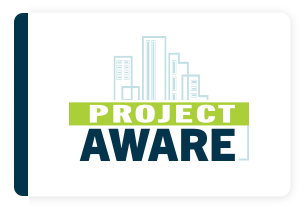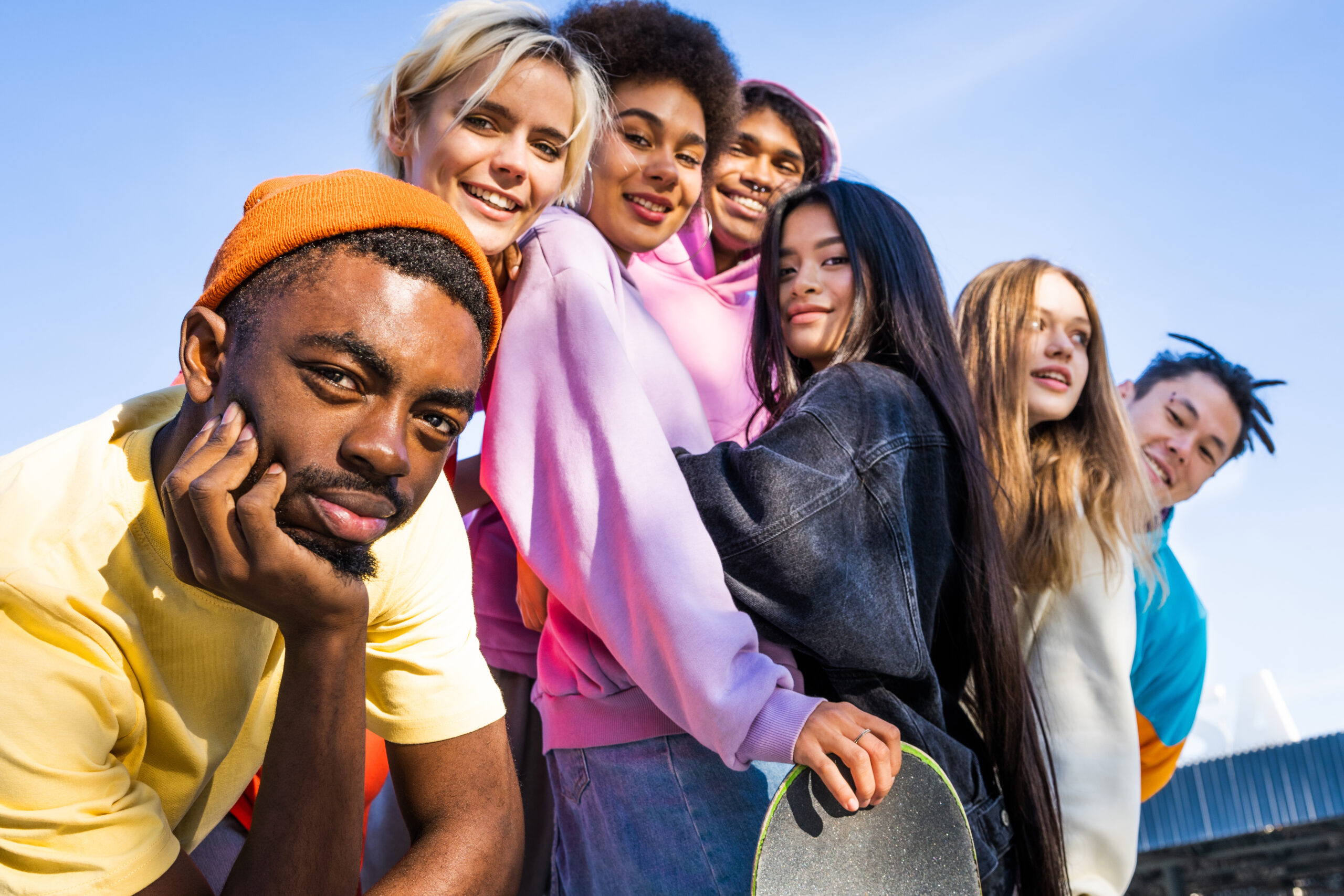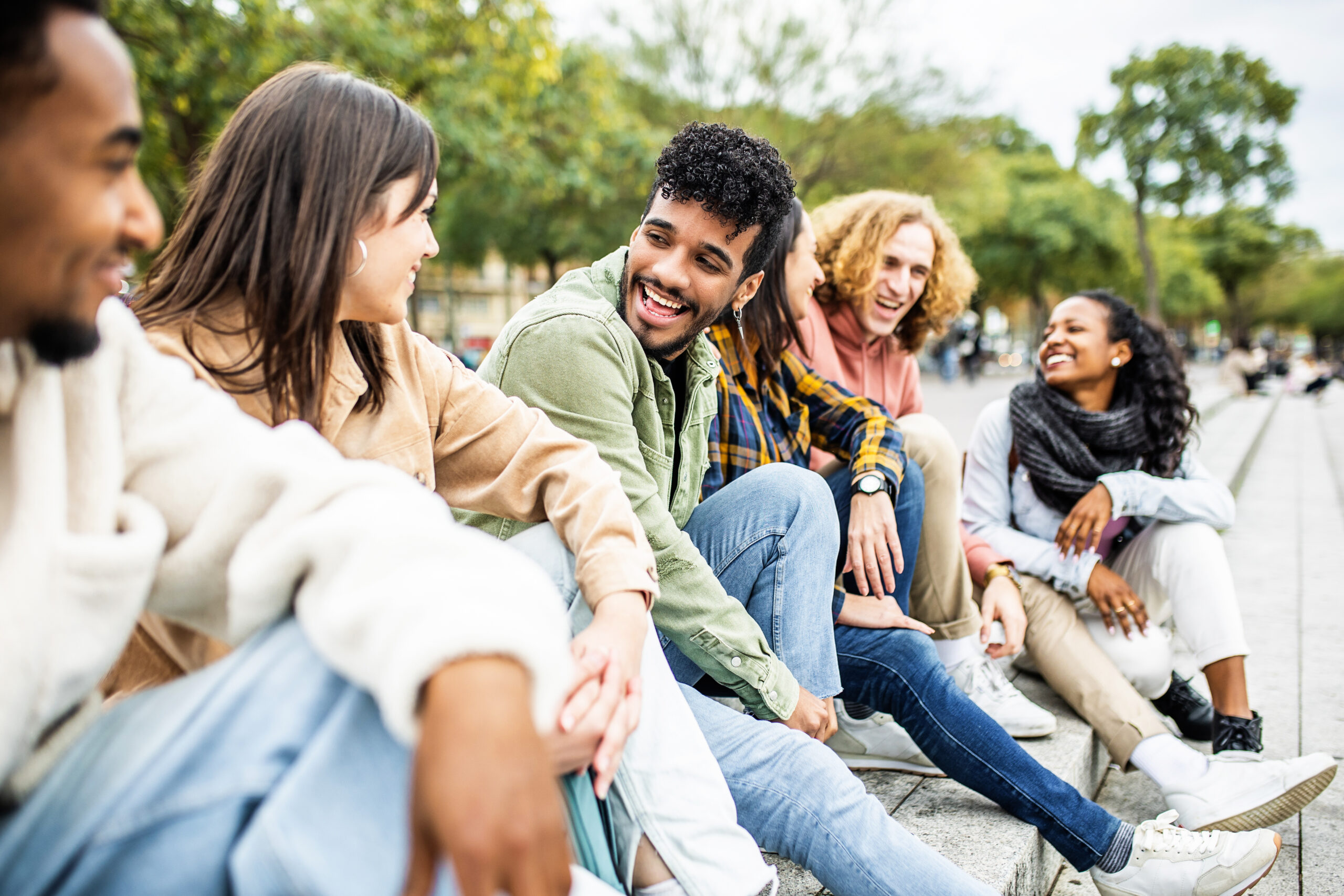
AWARE is a four-session group MI risk reduction intervention focusing on substance use and sexual risk behavior developed for 18-25-year-olds experiencing homelessness.
Programs > AWARE
Each session lasts approximately 45 minutes.
The program was developed with input from service providers working with this population and youth with lived experiences of homelessness. The curriculum is delivered over four sessions and is based on the Motivational Interviewing (MI) approach (Miller & Rollnick, 2012).
While Sessions 1 and 2 focus primarily on HIV/STD risk and Sessions 3 and 4 focus primarily on substance use, the connection between substance use and HIV/STD risk should be emphasized during each session through discussion and examples. Participants can begin with any session and end with any session; the sessions do not need to be attended in order.
Session 1 (HIV/STDs: Knowing the Facts) focuses on the prevalence of HIV/STDs and why it might be higher among youth who are homeless, how substance use puts people at higher risk for HIV/STDs, and how to better evaluate partner risk in terms of HIV/STD transmission. This session also provides participants with normative feedback information about HIV-related behaviors and includes a demonstration to help them develop skills to effectively use a condom.
Session 2 (HIV/STDs: Dealing With Risky Situations) focuses on helping participants identify the people, places, situations, and feelings that are triggers for their own sexual risk behaviors, emphasizing the role of substance use as a trigger for sexual risk behavior. This session also focuses on how to deal with these triggers, plan ahead, and make healthier choices. Participants have the opportunity to develop skills that will allow them to better deal with risky situations through a role-playing exercise, as well as to evaluate their willingness and confidence to change their sexual risk behavior.
Session 3 (Substance Use: Weighing the Pros and Cons) focuses on providing normative feedback information about alcohol use among 18–24-year-olds (e.g., frequency, quantity) and helping youth weigh the pros and cons of substance use so they can make thoughtful choices about their behavior. This session is also designed to help participants evaluate their willingness and confidence to change their substance use behavior, as well as to develop strategies for decreasing the negative consequences of use and finding ways to obtain positive outcomes without using.
Session 4 (Substance Use: What Can Happen?) focuses on providing information on the brain and how alcohol and drug use can affect brain functioning. Participants discuss how alcohol and drug use can affect behavior, using specific negative alcohol consequences as concrete examples. This session is also designed to help participants develop strategies for protecting themselves while drinking in order to avoid negative consequences from use.



The young people really like AWARE. They like being in a social setting together and receiving the information.
Erin Casey, LCSW
Director of Programs, My Friend’s Place.

